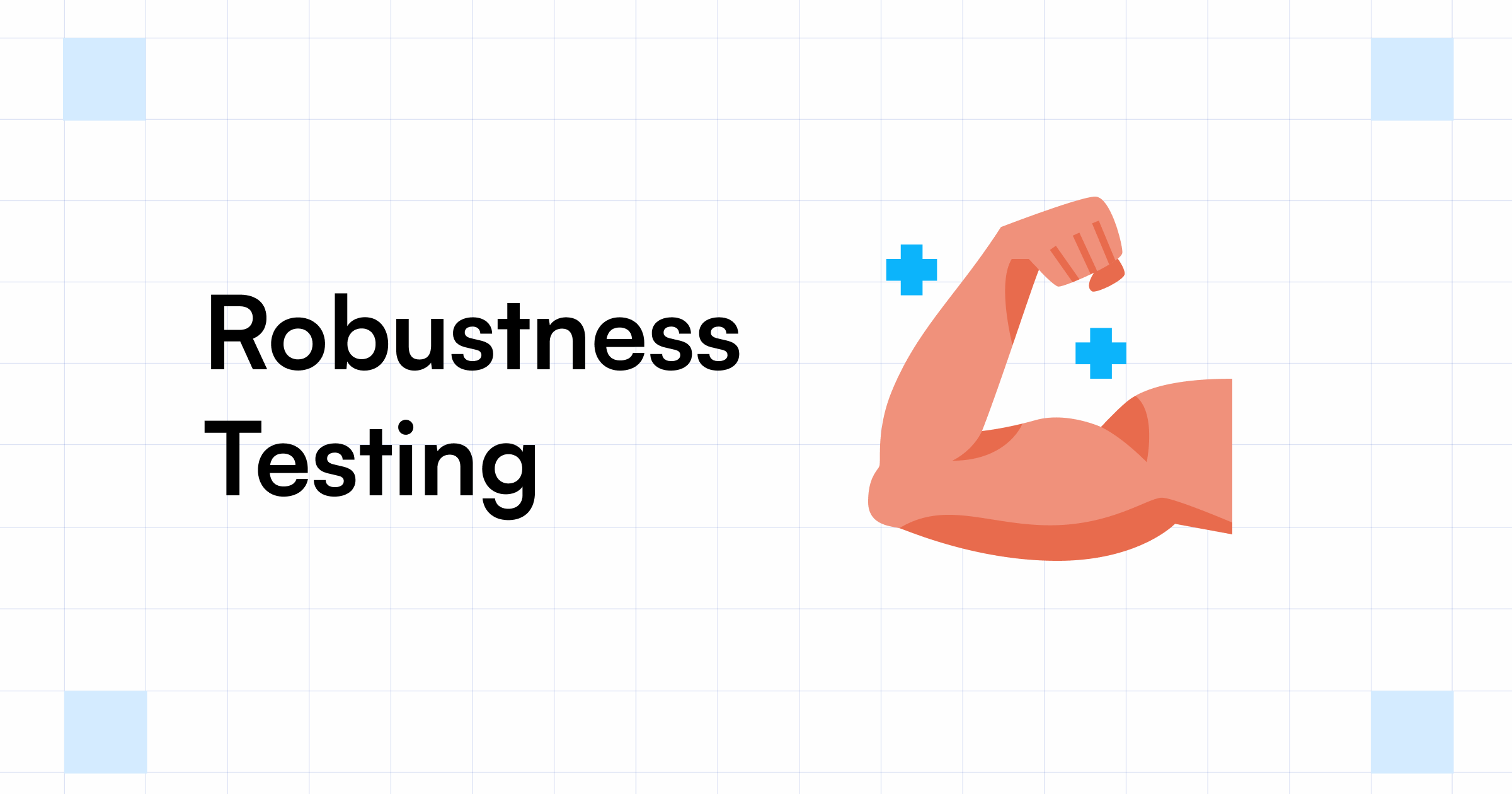What is MongoDB?
MongoDB is a document-oriented NoSQL database that stores data in flexible, semi-structured BSON (Binary JSON) documents. Unlike traditional relational databases, MongoDB does not require predefined schemas, allowing for easy adaptation to changing data requirements. This flexibility is particularly beneficial in scenarios where the data structure is dynamic or evolving.
- MongoDB stores data in flexible, JSON-like documents, meaning fields can vary from document to document and data structure can be changed over time
- The document model maps to the objects in your application code, making data easy to work with
- Ad hoc queries, indexing, and real time aggregation provide powerful ways to access and analyze your data
- MongoDB is a distributed database at its core, so high availability, horizontal scaling, and geographic distribution are built in and easy to use
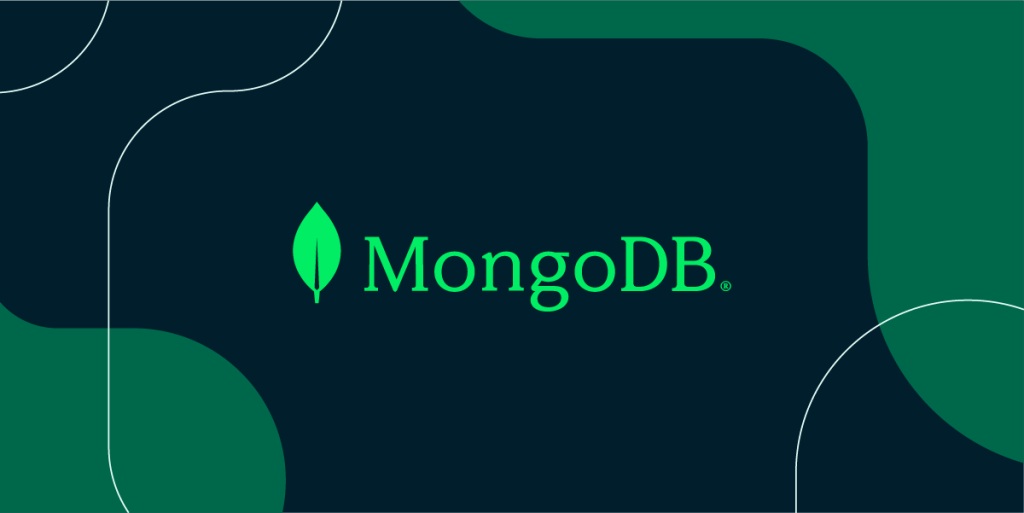
6 Main Concepts and Terminology
Before diving into MongoDB, it’s essential to understand some key concepts and terminology
1- Main Concepts and Terminology
Document: In MongoDB, a document is the fundamental unit of data storage. Documents are represented in BSON format, which is a binary-encoded serialization of JSON-like data.
2- Main Concepts and Terminology
Collection: A collection is a group of MongoDB documents. Collections are similar to tables in relational databases but are schema-less.
3- Main Concepts and Terminology
Database: A MongoDB database is a container for collections. You can have multiple databases on a MongoDB server, each with its collections.
4- Main Concepts and Terminology
Field: Fields are individual key-value pairs within a document. They store the actual data.
5- Main Concepts and Terminology
Index: An index is a data structure that improves the speed of data retrieval operations on a collection.
6- Main Concepts and Terminology
Query: A query is a way to retrieve data from a MongoDB collection based on specified criteria
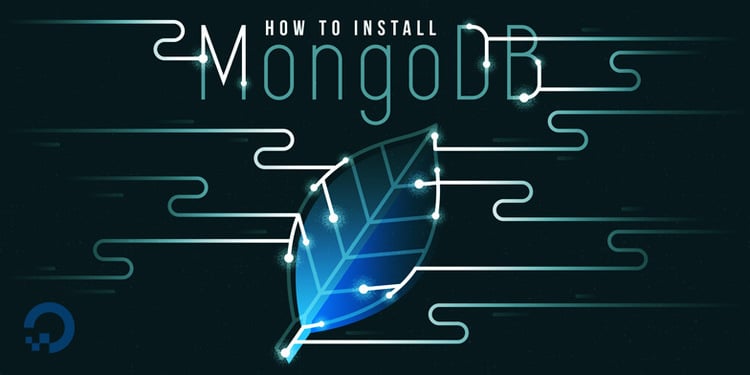
Getting Started with MongoDB
To begin learning MongoDB, follow these steps:
1: Installation
Install MongoDB on your local machine or set up a cloud-based MongoDB service.
2: Basic Operations
- Create a database and collection.
- Insert documents into the collection.
- Retrieve documents using basic queries.
Data Modeling
- Understand how to design your data model in MongoDB.
- Explore the concept of embedding documents and referencing other collections.
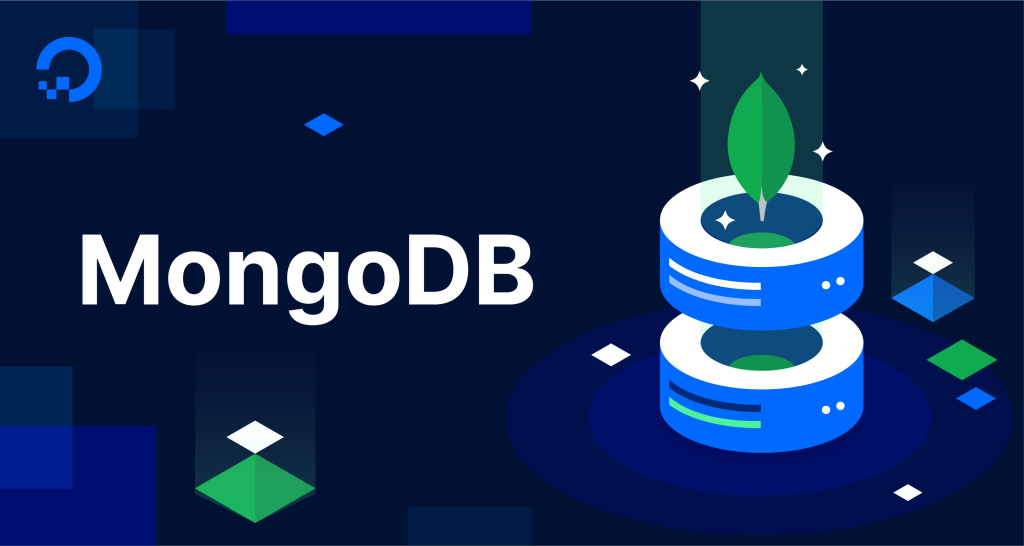
Advanced Topics
Once you have a grasp of the basics, you can explore more advanced MongoDB topics
1. Indexing
Learn how to create and manage indexes to optimize query performance.
2. Aggregation Framework
Discover MongoDB’s powerful aggregation framework for complex data manipulations and transformations.
3. Replication and Sharding
Explore techniques for scaling MongoDB through replication and sharding.
4. Security
Understand MongoDB security best practices, including authentication and authorization.
5. Integration
Learn how to integrate MongoDB with popular programming languages, frameworks, and tools.
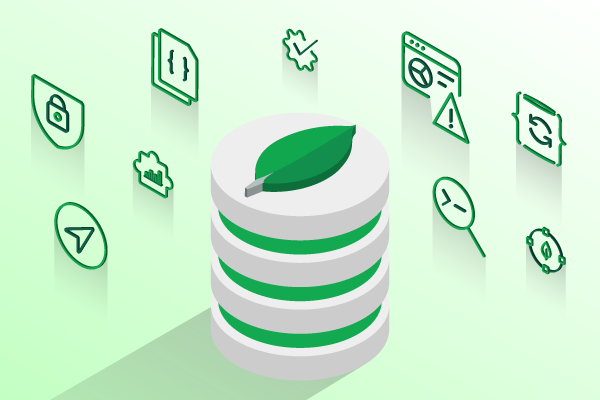
Resources for Learning MongoDB
To continue your MongoDB journey, there are numerous resources available:
- Official MongoDB Documentation: The MongoDB documentation is a comprehensive resource with tutorials, guides, and references.
- Online Courses: Platforms like Coursera, Udemy, and edX offer MongoDB courses for beginners and advanced users.
- Books: There are several books dedicated to MongoDB, such as “MongoDB: The Definitive Guide” by Kristina Chodorow and Michael Dirolf.
- Community and Forums: MongoDB has an active community where you can ask questions and seek help on the MongoDB Community Forums.
6 Main Concepts and Terminology Advantages of MongoDB over RDBMS
- Schema less − MongoDB is a document database in which one collection holds different documents. Number of fields, content and size of the document can differ from one document to another.
- Structure of a single object is clear.
- No complex joins.
- Deep query-ability. MongoDB supports dynamic queries on documents using a document-based query language that’s nearly as powerful as SQL.
- Tuning.
- Ease of scale-out − MongoDB is easy to scale.
Conclusion
MongoDB’s flexibility, scalability, and performance make it a valuable addition to your skill set as a developer or database professional. This article has provided an introduction to MongoDB, covering its key concepts and offering a roadmap for learning. Whether you’re building web applications, handling big data, or working on IoT projects, MongoDB’s capabilities can empower you to manage and retrieve data effectively in diverse scenarios. So, roll up your sleeves and embark on your MongoDB learning journey today!
You can visit our site TechMe Today to get more tips. We hope this tips are helpful.



